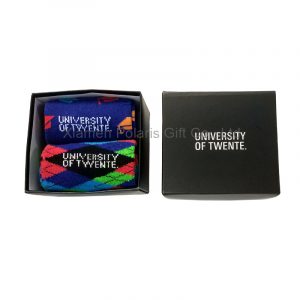1. Cotton
Usually we prefer to wear pure cotton socks, but is pure cotton 100% cotton? The sock specialist’s answer is no, that is to say, there are no 100% cotton socks. If the composition of a pair of socks is 100% cotton, then the pair of socks is completely inelastic, socks have to be knitted very wide to fit in, you can imagine how heelless these socks are. 100% cotton socks shrinkage rate is particularly high, not strong, wearable. 100% cotton socks are not called cotton socks, but cotton. Usually, socks with more than 75% cotton content can be called “cotton socks”, and socks with 85% cotton content are very high-end cotton socks. Other functional fibers need to be added to maintain the elasticity, fastness and comfort of socks. Polyester, spandex and nylon are very common functional fibers.
Spandex is commonly known as elastic fibers.
With high elasticity and strong flexibility, its drawing length can reach 5 to 7 times of the original fiber, and the textile products added with spandex can keep the original outline for a long time. The composition of socks must contain spandex in order to make socks elastic and retractable, easy to wear, and make socks more foot-tight, like swimming suits, can be tightly wrapped around the feet, without slipping.
3. Triliter Healthy Fiber
Triliter fibers are natural fibers with excellent health functions, which are extracted from natural minerals, green plants and marine organisms and refined by European technology.
4. Nylon
Nylon is the name of a synthetic fiber with Chinese characteristics. People are more familiar with its other name: nylon. Tuck, and DuPont. The scientific name of nylon is Polyamide. The first synthetic fiber in China is Jinzhou Chemical Fiber Factory, so it is named “nylon”. The properties of nylon and nylon are similar. They are strong and wear-resistant. They are the most wear-resistant and strong synthetic fibers. Light weight and good elasticity, adding nylon in socks can maintain high strength elasticity.
5. Nylon
Nylon is the first synthetic fiber in the world. The appearance of nylon has brought a new look to textiles. Its synthesis is a major breakthrough in synthetic fiber industry.
6. Bamboo Fiber
Bamboo fabrics are also soft and elegant, comfortable to handle, and wear-resistant, non-ball, moisture absorption, fast drying, breathable. It is different from cotton, wood and other viscose fibers in that it has good antimicrobial properties and health effects. Bamboo fiber contains an antimicrobial substance called “Bamboo Gun”, which has the characteristics of natural antimicrobial, mite-proof and odor-proof drugs.



